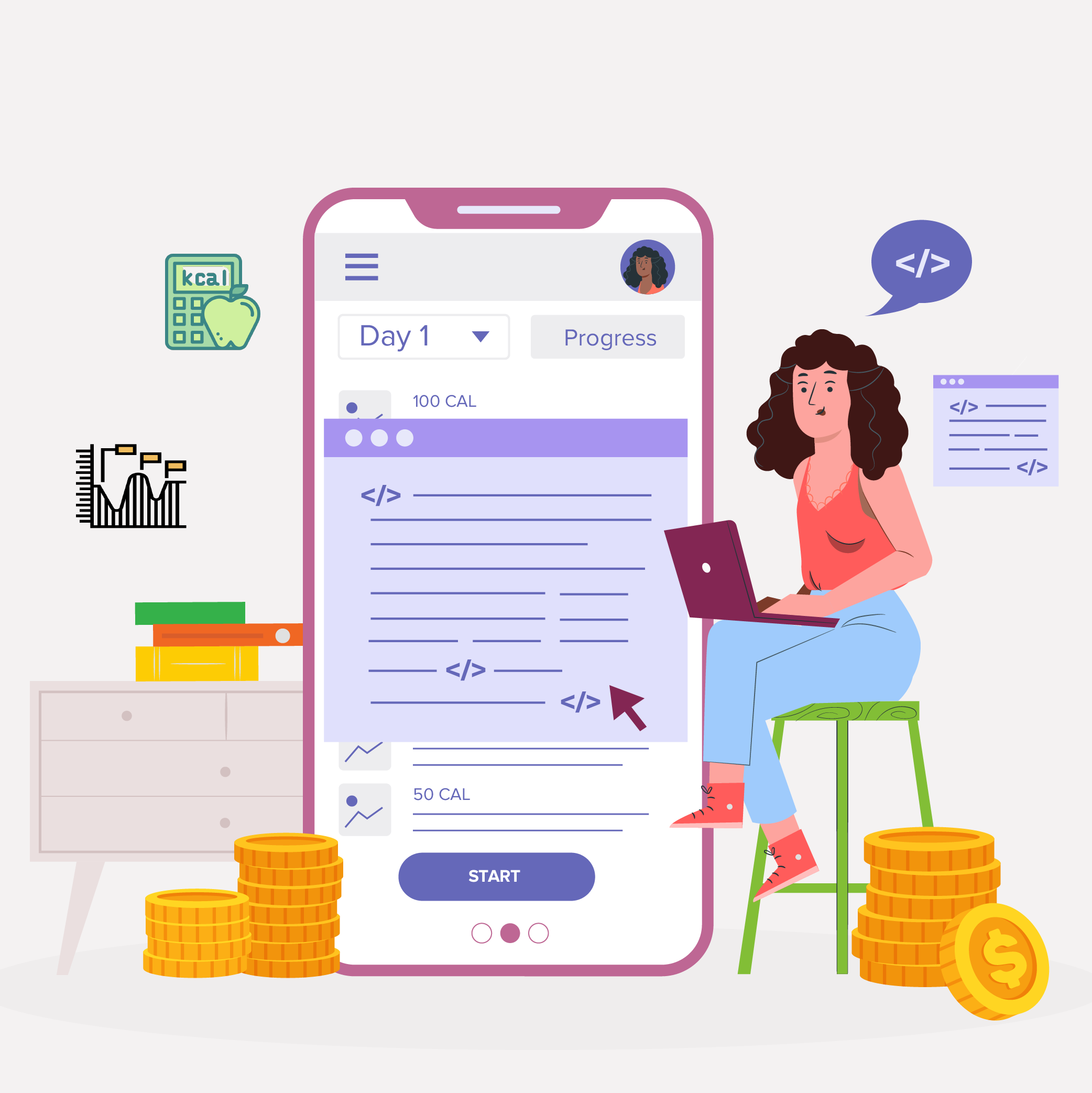How Much Does a Diet & Nutrition Planning App Costs?
Getting conscious of eating habits is something that was always in trend, irrespective of whether you are a gym freak or not. But the coronavirus-driven focus on immunity building eating habits have pushed the need of tracking what you consume on the forefront.
With healthcare consumerism reaching its climactic state, people have taken it upon themselves to keep track of their nutritional consumption, the amount of calories they intake, the kind of food they eat along with the frequency, etc. Helping them in the journey of becoming healthier are diet and nutrition tracking applications.
The demand for diet and nutrition apps is so much so that they have become one of the key players in the US fitness app market and a popular demand of healthcare app development domain.
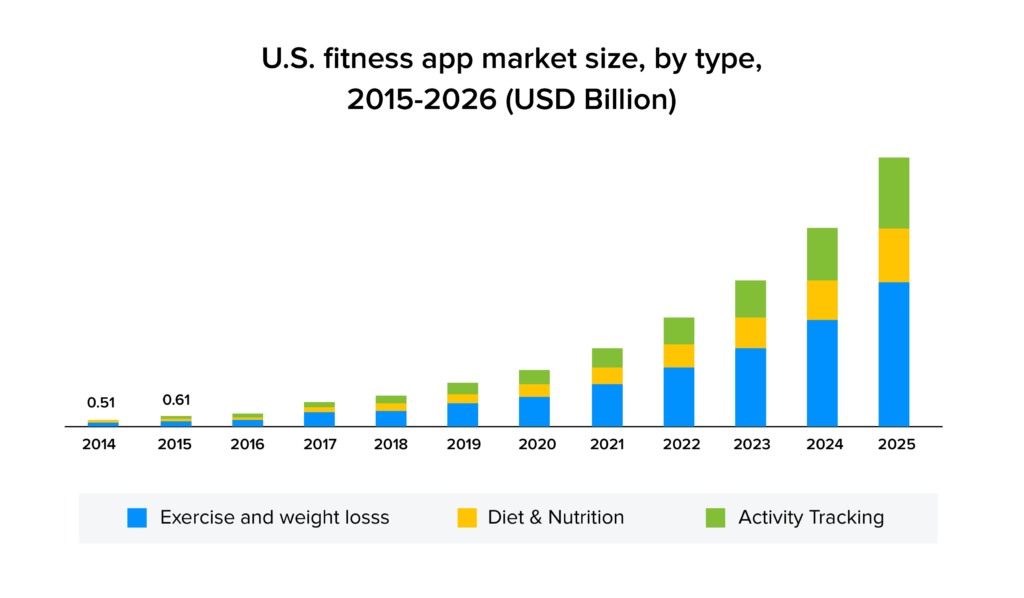
This article is focused on entrepreneurs who are looking to enter the growing sector and are seeking a valuation of the cost of developing an app in the diet and nutrition category.
Throughout the article we will be looking into the different facets that come together to become a health and fitness application and carry an impact on the overall diet and nutrition app development cost.
Before we get down to the technicalities of the application type, let us look into some of the top apps in the category. These are also generally looked up to as inspiration or reference points by entrepreneurs looking to enter the domain.
Top Players in Diet and Nutrition App Market
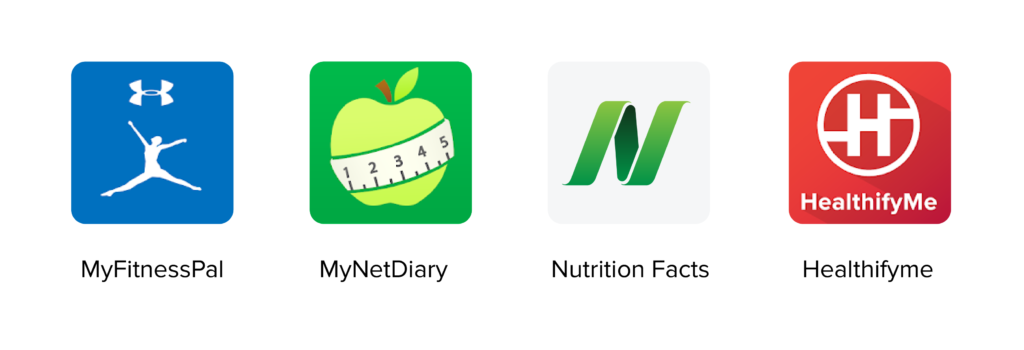
Typically, when we talk about nutrition apps, there are some fixed categories which we think of – Calorie Counter, Meal Planning, Diet focused apps, Marketplace, etc. Even within the diet and nutrition category, there can be several subsets of solutions.
The names that we mentioned are the ones that also belong to different sub-categories but are together seen as good reference points for new entrepreneurs looking to develop health and fitness mobile applications.
Setting the Basics: Finalizing the Target Audience of Your Diet Planning Application
The first stage of any mobile application development guide is fixing the users of the app. The same rule applies in case of diet and fitness training app development as well.
While our article is concentrated on the MVP side of the application and thus we will be focusing only on one target audience – Users in our features and technology section, there can be three target audiences in a diet planning app. Let us detail them.
1. Users
These applications generally surround recording diet habits and suggesting nutrition intakes. An ideal app in this category contains ways to track meals and help users remain updated about weight loss or gain. People looking for a healthier lifestyle are more likely to install these applications.
2. Fitness Centers
There are multiple fitness centers that offer their clients applications that help them track their food intake and calculate their nutrition and diet chart. Creating a diet and nutrition app helps fitness centers establish a competitive advantage.
3. Nutritionists
With people getting more aware of the health benefits surrounding nutrient-rich food, they are turning towards professional nutritionists to help them create a diet chart. As an extra mile, nutritionists are also getting their diet planning app developed from skilled healthcare mobile app development agencies to help their patients understand their meals and count calories. They are also adding live communication features to remain connected with their patients in real time.
Establishing the target audience detail is the first step of getting your app off the ground, the next is to finalize the feature sets that would go into developing a diet and nutrition app. The stage is the biggest contributor of the diet and nutrition app development cost.
Must-Have Features to Add When Making A Diet And Nutrition Tracking App
Whether we are developing a full-fledged application or simply deploying an MVP to test the market first, we work on both the user and admin side of the application.
Let us, keeping with the tradition, look into the feature sets for both the versions –
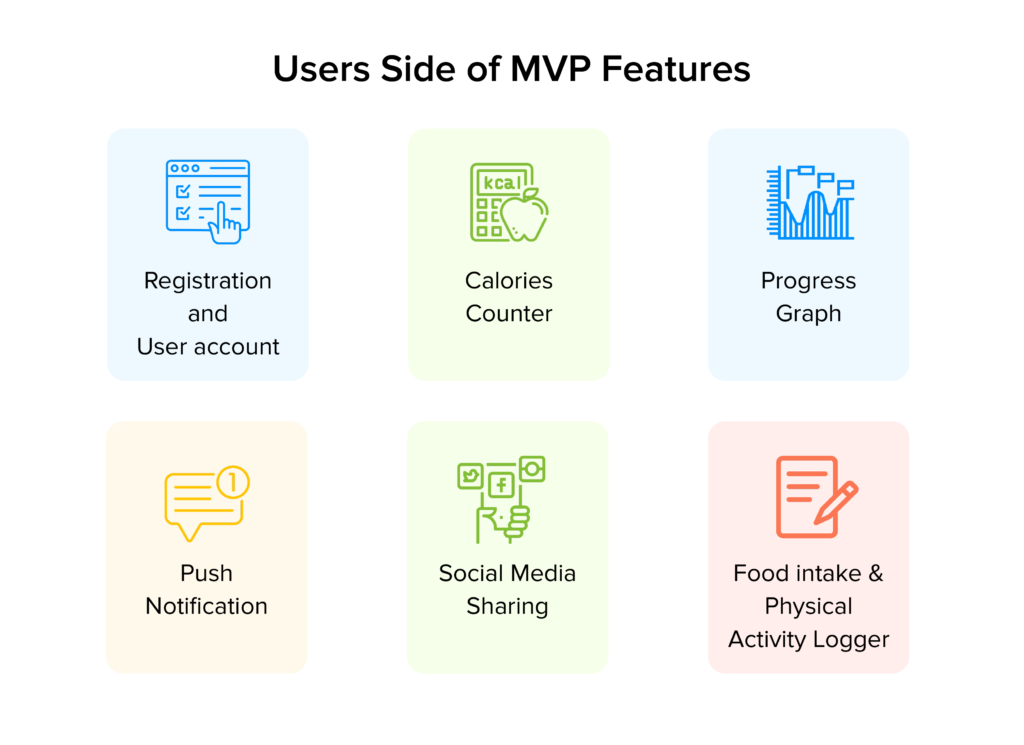
1. Registration
Like other applications, social media integration in the login stage helps in case of diet planning apps as well. But beyond this, there should be a questionnaire to help people create a user profile.
Some of the questions we suggest our clients to add are:
- Users’ age
- Height
- Current and desired weight
- Allergies
- Food taste
- Goals, etc.
2. Food and Activity Logging
The primary goal of a nutrition app is to keep account of what you consume in a day and activities you do to remain healthy. So, this is the next must have feature of a diet planning application.
There should be input fields in the app to help users enter their food consumption and activity details.
3. Calorie Tracking
While it can be a good idea to have a QR code integrated in the application to help users scan and know the calorie details of an item, it can get expensive. So what we recommend at an MVP stage is to make users put in the calorie details manually.
4. Progress Graph
There should be a progress graph in the application which shows the users how far they have come in their diet plan journey and if they are on track with what they set out to achieve.
5. Push Notifications
You should give push notification features in the application to keep the users notified of when their progress graph is ready or simply use it as a marketing mechanism to keep them hooked with the application and become return users.
6. Social Media Integration
There should be a social media integration feature in the app enabling users to share their progress with their network and connections. This can too act as an effective app promotion tool.
Besides these MVP features, there are some features as well which gives the app a level up in the competitive space.
- Wearable Integration
- AI-backed Diet Suggestions
- QR Code Scan
- Live chat with nutritionists
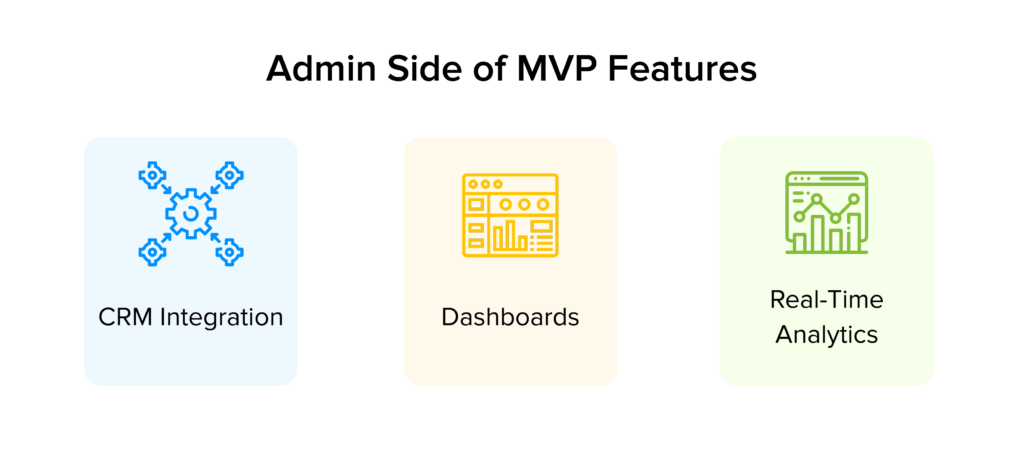
1. CRM Integration
It helps administrators to keep track of the users experience within the application and the problems they might be facing. It also allows them to solve users’ queries in real time from inside the application.
2. Real-Time Analytics
The feature helps admin check pie graphs, live dashboards, reports etc. The information can then be used to make strategic business decisions.
3. Dashboards
Using this feature, admins will be able to view the dashboards of different users while having a dashboard of their own containing a cumulative view of how the app is performing and its maintenance details.
Technology Tools That Can Come in Handy When Developing a Diet Planning App
Besides the features that we covered, another factor that comes in as a pivotal one when a healthcare application development company estimates the cost of developing an app is the different technology tools.
Now when you look into a diet and nutrition planning app, the technology set that you generally have to work around consists of:
Gathering data on the users’ activity – Google Fit APIs and HealthKit in iOS are generally used when you plan to collect users’ fitness and health information.
Incorporation of nutritional data in the app – there are multiple APIs like InRFood, USDA Food Composition Databases, Edamam, Chomp, etc. that lets your users know the nutrition details easily.
Wearable Integration – There are APIs and SDKs like Nike+, Fitbit, Misfit, and Garmin etc. that can be used for integrating wearable devices in your application.
How Much is the Development Cost Of Diet And Nutrition Mobile App
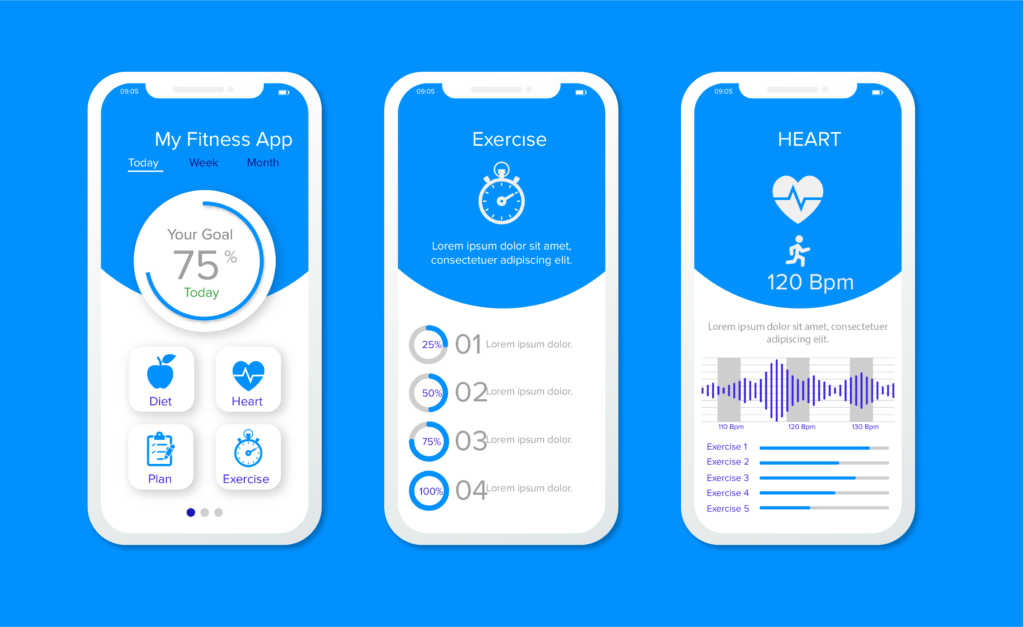
The cost of developing an app in the diet and nutrition category would be an amalgamation of all the feature set and technology stack details that you read above. In addition to those, it would also be affected by which healthcare application development company you are partnering with.
In addition to the size of the agency and the team working on your project, the location of the agency will also play a role in the final valuation of your diet and nutrition app development cost.
All in all, the cost of mobile app development is calculated upon the features set, design system, technology stack, and on the agency that is developing it. If you want to know the numeric answer to this question, contact our business development team.
Monetization Opportunities to Consider When Creating A Diet And Nutrition App
There are multiple ways to earn money from your diet and nutrition application. The ones that are most commonly seen to be active in the market are:
- In-app advertising
- Paid app model
- In-app purchase
- Paid subscriptions

strategies your digital product..
